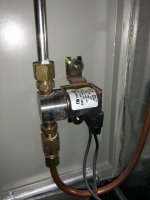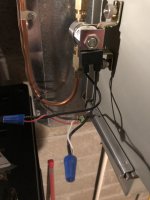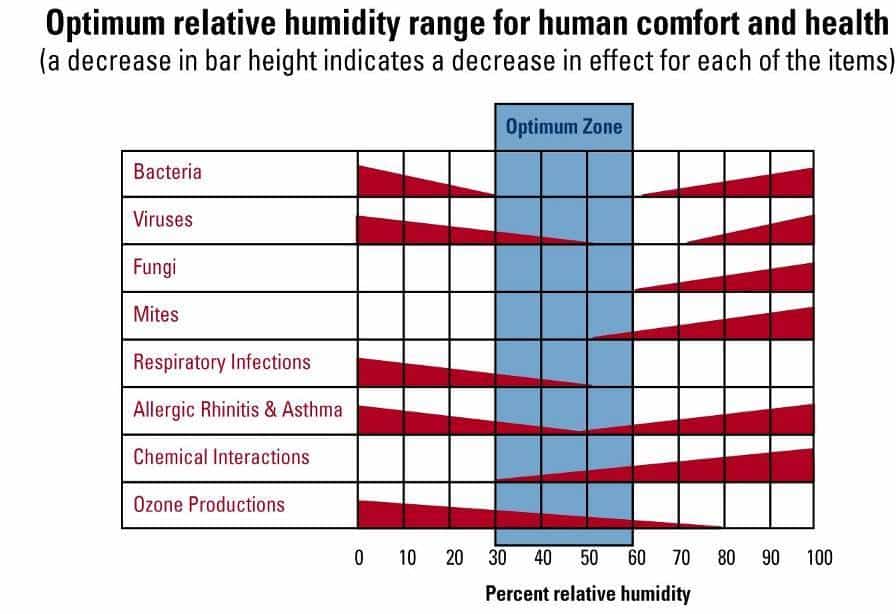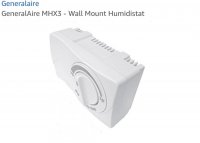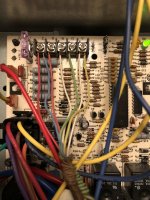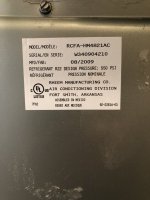Jason Kay
Member
Hello.
I just replaced the solenoid valve (1099-46) on my whole house humidifier (pic attached). Water wasn't flowing, so I replaced the valve and now it flows. However, it doesn't seem to want to shut off. The only time it stops flowing is if if cut power to the valve or I turn off the humidistat. Even when the system is shut off (but still has power), the valve stays open and water keeps flowing. It's only closing when power is cut or humidistat is set to "off".
Is it a faulty humidistat causing the issue? It's about 13 years old. The valve appears to work just fine. Any suggestions? Thank you.
I just replaced the solenoid valve (1099-46) on my whole house humidifier (pic attached). Water wasn't flowing, so I replaced the valve and now it flows. However, it doesn't seem to want to shut off. The only time it stops flowing is if if cut power to the valve or I turn off the humidistat. Even when the system is shut off (but still has power), the valve stays open and water keeps flowing. It's only closing when power is cut or humidistat is set to "off".
Is it a faulty humidistat causing the issue? It's about 13 years old. The valve appears to work just fine. Any suggestions? Thank you.

